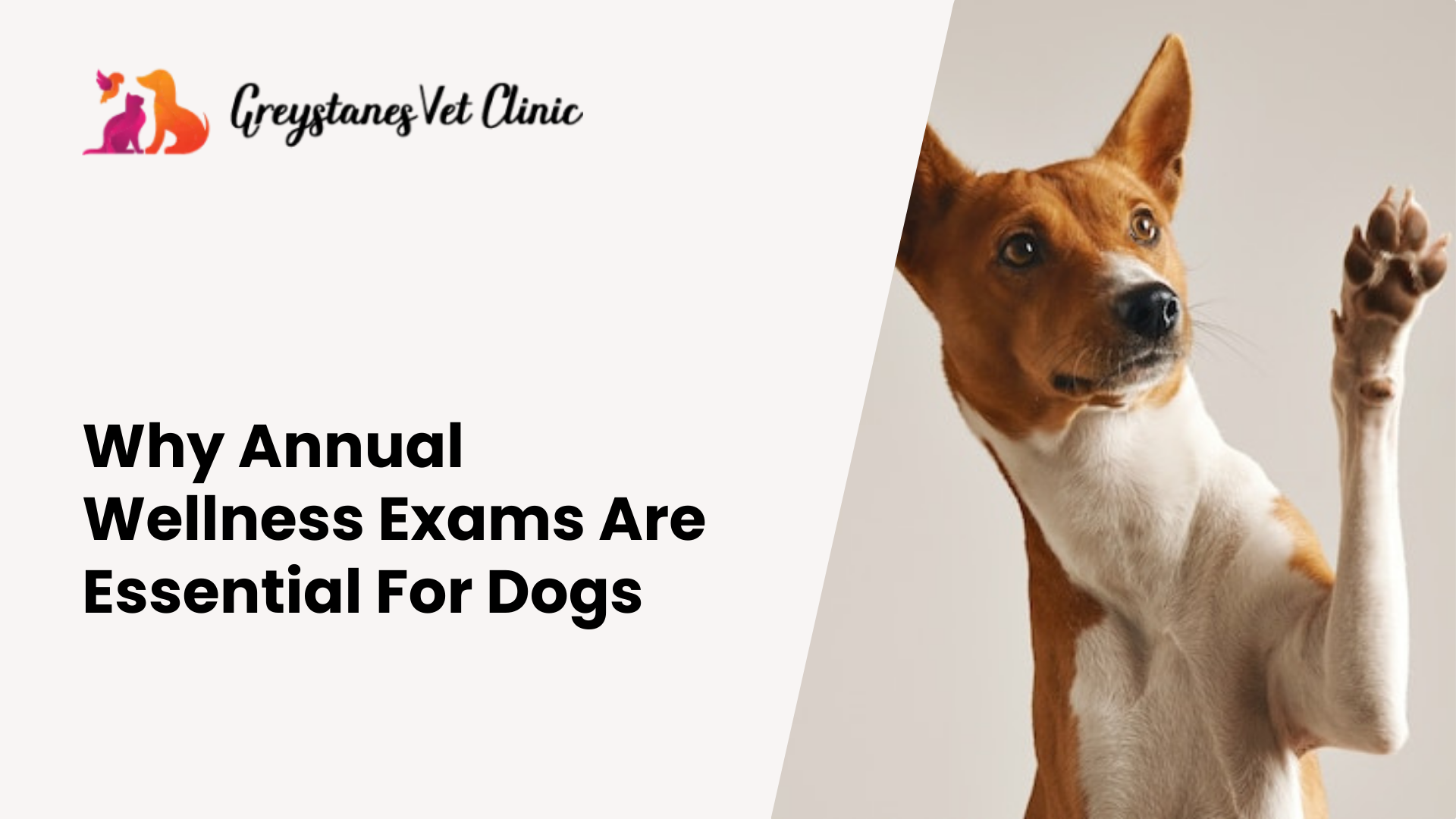You take your pet for regular wellness exams because early detection saves lives. During these check-ups, vets look beyond the obvious to catch silent illnesses. Pets can’t tell you when something feels off, but a professional knows what signs to watch for. The Eaton Rapids vet uses a trained eye and skilled touch to find hidden problems. You might be surprised at how much vets learn from simple checks. They listen to the heart, feel the abdomen, and look at your pet’s eyes and gums. Each step reveals clues about your pet’s health. By spotting subtle changes, vets act before a condition gets worse. It’s more than just a routine exam. It’s a chance to protect your pet’s health for the long haul. You trust the vet’s expertise because they know how to uncover issues before they become serious. This way, they ensure a healthier, happier life for your pet.
The Importance of Routine Checks
Routine checks are crucial. They keep your pet healthy and catch issues you might not see. Vets notice small changes that can hint at bigger problems. For example, a slight weight loss or gum color change might indicate a serious disease. Regular exams mean you take action early. This approach reduces treatment costs and stress for your pet.
What Vets Look For
During exams, vets check several health indicators. These include:
- Heart rate and rhythm
- Body temperature
- Respiratory function
- Skin and coat condition
- Dental health
Each factor helps vets form a picture of your pet’s health. By evaluating these, they detect silent illnesses that you can’t see.
Common Silent Illnesses
Many illnesses don’t show immediate signs. Here are some common ones:
| Illness | Symptoms | Prevention/Treatment |
|---|---|---|
| Diabetes | Increased thirst, weight changes | Diet, medication |
| Kidney Disease | Appetite loss, vomiting | Special diet, hydration |
| Heart Disease | Coughing, difficulty breathing | Medication, lifestyle changes |
Early detection of these conditions improves outcomes and quality of life for your pet. For more information on these conditions, visit the American Veterinary Medical Association (AVMA) website.
The Power of Observation
Observation is a powerful tool for vets. They notice things in your pet’s behavior and physical condition that others might miss. For example, subtle limping or changes in eating habits can be signs of underlying issues. Vets use these observations to guide further tests if needed.
Diagnostic Tools and Tests
Vets use various tools and tests to diagnose silent illnesses. These include:
- Blood tests
- Urine analysis
- X-rays
- Ultrasounds
These tests provide a deeper insight into your pet’s health. They help confirm suspicions and guide treatment. For detailed information on diagnostic tests, you can refer to ASPCA’s Veterinary Care resources.
Preventive Care Matters
Preventive care is key in avoiding silent illnesses. Regular exams, vaccinations, and a balanced diet contribute to your pet’s well-being. By maintaining these practices, you reduce the risk of undetected diseases. It also means your pet enjoys a healthier, longer life.
Conclusion
Vets play a vital role in detecting silent illnesses during wellness exams. Their expertise and diligence protect your pet’s health. By staying informed and proactive, you support this process. Regular visits to the vet make a significant difference. Keep your pet’s health in check and ensure a happy, full life by embracing regular wellness exams.

